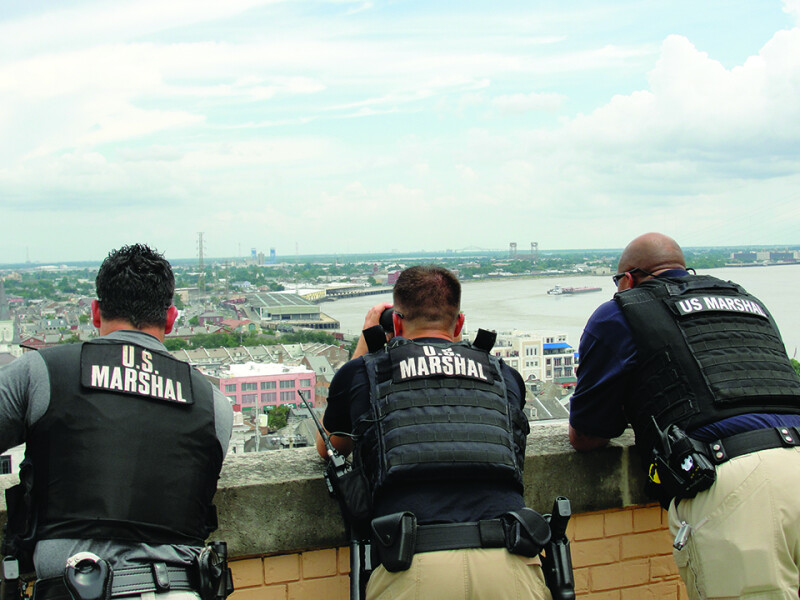At approximately 3:15 a.m. on New Year’s Day, 42-year-old Shamsud-Din Jabbar drove a pick-up truck into a crowd of revelers in New Orleans’ French Quarter — killing 14 and injuring at least 30 others.
Jabbar was killed when he got out of the truck and began shooting at police. Some details of the lone wolf, U.S. Army veteran’s motivation for the attack remain a mystery, but officials did find an ISIS flag in the back of the pick-up.
“We had a plan. He defeated it,” New Orleans Police superintendent Anne Kirkpatrick told CBS News.
The catastrophe brought the threat of a terrorist attack into people’s homes across the U.S. for several days. This was not an attack on a school by a bullied teenager looking for revenge. This was an Army veteran on a suicide mission, looking to kill and maim as many innocent people as possible before he was killed himself.
Kirkpatrick said the goal of a terrorist like Jabbar is to create carnage. If he can’t do it with his primary target, “he will go somewhere else.”
The New Year’s Day terrorist attack came by land, but Department of Homeland Security officials understand that terrorists can attack by waterway, as well.
Emergency response vessels are a vital part of the fleet at officials’ disposal to help prevent or respond to similar attacks by waterway.
Most emergency response vessels, of course, are built for everyday use, not to help ward off terrorist attacks. The New Year’s Day attack is just a reminder of the fact that in today’s world, it’s important to stay vigilant.




